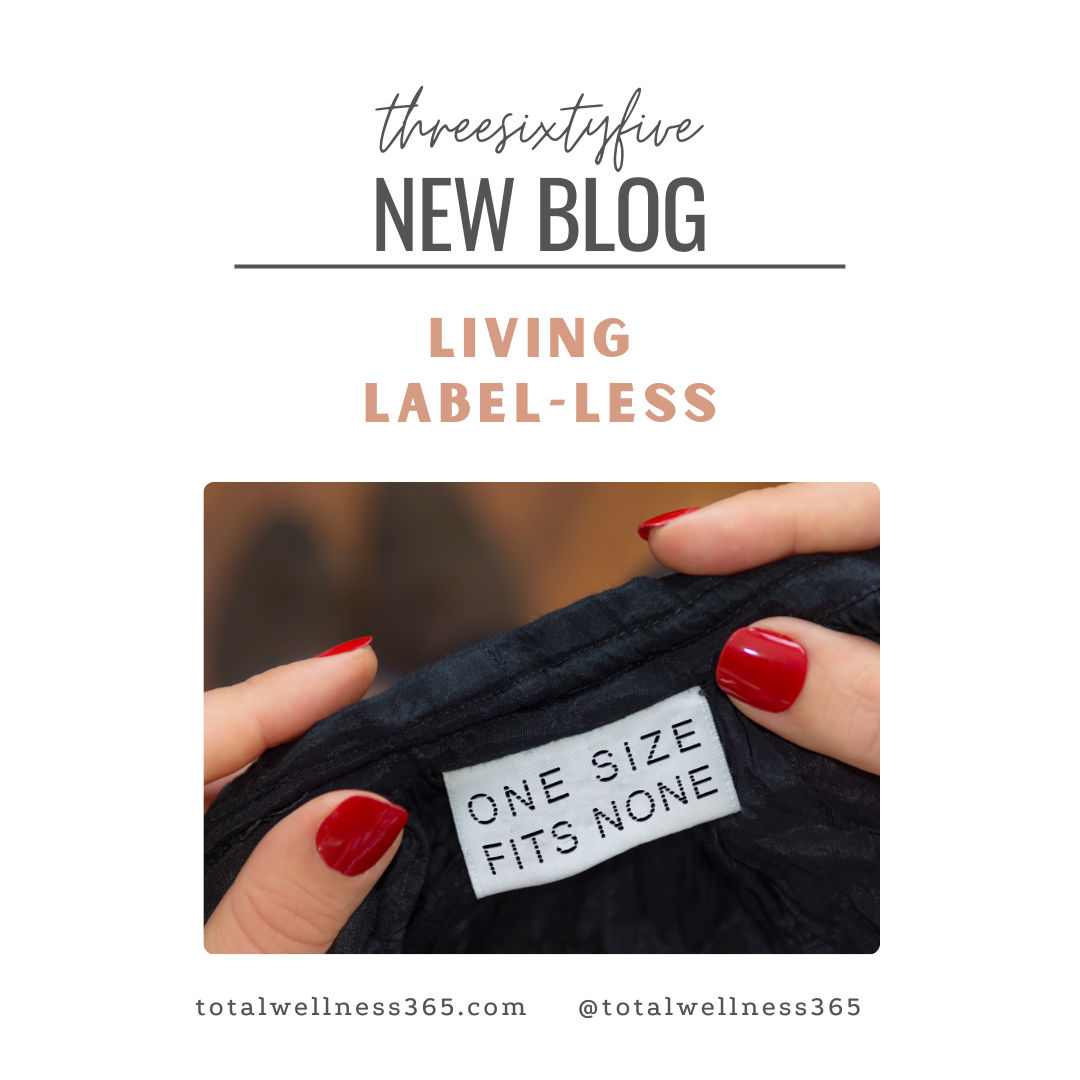We’re told time and again that prioritizing ourselves first allows us to be better for others. Here’s why it should be the other way around.
Top 5 Boundaries for Your Total Wellness
Boundaries— a common topic within therapy sessions, conversations, blog posts and social media. Let’s just start with a working definition of boundaries though. According to the dictionary, boundaries are lines that mark the limits to an area; a limit to a subject of sphere. A psychological definition is similar but it is applied personally. They are limits set on how we respond, act, engage with other people, and how they respond, act and engage with us. Boundaries typically originate from our experiences and observations, both past and present. We can look at boundary setting in two ways; as fences and gates.
Fences + Gates
Have you ever had an unproductive conversation with a coworker? You may have to set a new boundary to have conversations in person rather than email.
Ever leave a family gathering feeling emotional drained? You may have to create a boundary that you’re unwilling to be the listening ear for others while sacrificing your fun.
Ever feel like you’re lost your connection to friends? Maybe the boundary is to open your calendar to say ‘yes’ more.
Boundaries can be like fences, limiting others’ access to us and our energy. Or they can be like gates, where we allow a controlled amount of access to ourselves and our energy. Boundaries can be set in any relationship—intimate partners, friends, family, professional—and are malleable. We can establish or reestablish them based on our current life experiences and observations.
Top 5 boundaries for your total wellness
Here are the top 5 categories of boundaries commonly discussed in therapy:
Relationships. Labeling or defining the relationship, sexuality and intimacy.
Time. Saying yes when you mean no. Being expected to participate or help despite not being consulted on your availability.
Being the fixer/savior. If you are always being asked to problem solve for others, you may be their savior. jack of all trades types that everyone relies on.
Your body. What you wear, how you look, comment from others, etc
Family. Presence and participation in family activities, traditions and values that no longer align with yours.
Any ring a bell for you? Setting boundaries in these areas can be hard if we’ve not felt the need or even opened our mind to the benefits they bring. To get started, evaluate recent situations where you felt uneasy or unsatisfied. What contributed to that feeling? Look back to text messages, social media posts, or even screen shots, and memes you sent around that same time. These can be hints to what we were feeling/thinking during that situation.
As Brene Brown states, “Daring to set boundaries is about loving ourselves even when we risk disappointing others.” The more clarity and certainty you have about your boundaries, the more consistent you will be enforcing your them with others.





